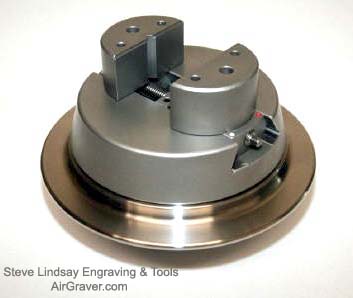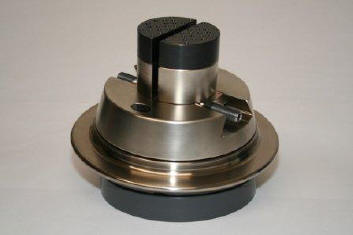Kicker
Member
- Joined
- Jul 2, 2011
- Messages
- 18
I am a Stone setter and recently purchased a Meiji EMZ-5. when i work with vice under microscope some time i have to tilt my vice, then the working distance is change around 5mm to 1cm, so i have to refocus the scope every time that i tilt the vice and back to normal position.
My question is: is there any microscope tay in focus when working distance changed or any adjustment on the Meiji EMZ-5 to make it tay in focus when working distance changed ?:thinking:
Thanks in advance.
My question is: is there any microscope tay in focus when working distance changed or any adjustment on the Meiji EMZ-5 to make it tay in focus when working distance changed ?:thinking:
Thanks in advance.









